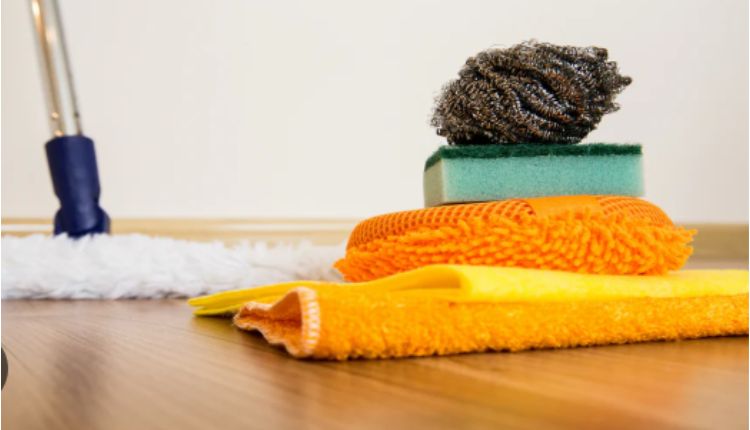
Floors
Floors take up a large amount of surface area inside buildings, and they are also usually the only surface of the building itself with which everyone and everything that enters comes into contact. That means that they have the capacity to get very dirty, and everybody will notice unclean floors. But cleaning them can be a challenge, as using the wrong product or technique can lead to long-term damage or a dull finish. This article is here to help you avoid some of the common cleaning errors that ruin good floors and to provide some tips on how to make yours sparkle.
Use the Right Solution for the Floor Type
Even when the bottle says “all-purpose,” some floor cleaning solutions contain harsh chemicals that can destroy the protective finish on delicate floor materials such as hardwood. At the same time, other surfaces like tiles or vinyl experience a build-up of grime and bacteria if you do not disinfect them with something strong enough. Therefore, the best thing to do is to find a floor mopping liquid cleaner that specifically matches the material of your floor.
Avoid Using Too Much Water
If you are striving for a sparkling clean office or floor at home, it can be tempting to think that by throwing down more water when you mop, you must be cleaning them more thoroughly. This is not the case, and what’s worse is that you could be causing damage. Over-saturating your floors when you mop or let water pool on the floor can cause water damage, and it is especially bad for hardwood and laminate flooring. If the water slips through the cracks and gets underneath the protective coating, some areas can change shape or become discoloured.
Vacuum or Sweep Beforehand
Without getting rid of the layer of loose dirt and debris on top of the floor first, your efforts to get to the tough stuff at the bottom will be ineffective. This is because you will just end up spreading all the dirt around and mixing it together. That’s why it is a good idea to either sweep or vacuum before you mop your floor.
Take the Time to Remove Stubborn Stains
Many stains become harder and harder to remove the longer they are allowed to stay on a surface. This is especially the case if your floors are made of more porous surfaces like tile grout or unfinished wood. Eventually, those stains could become permanent, so if they do not disappear after your first pass, take the time to go back and get them out.
Use the Best Tools Available
String mops might be the classic choice, but they hold a lot of water and can make the floor too wet, leaving streaks. Microfiber mops are a modern alternative that allows for much more control over how much water is used and can absorb dirt very well.
Conclusion
Cleaning your floors the right way might require you to spend a bit more time at first and invest in some new equipment, but this will surely be cheaper than repairing damage. The results will also be visibly superior, as well as elevating hygiene standards in your home or workplace.







